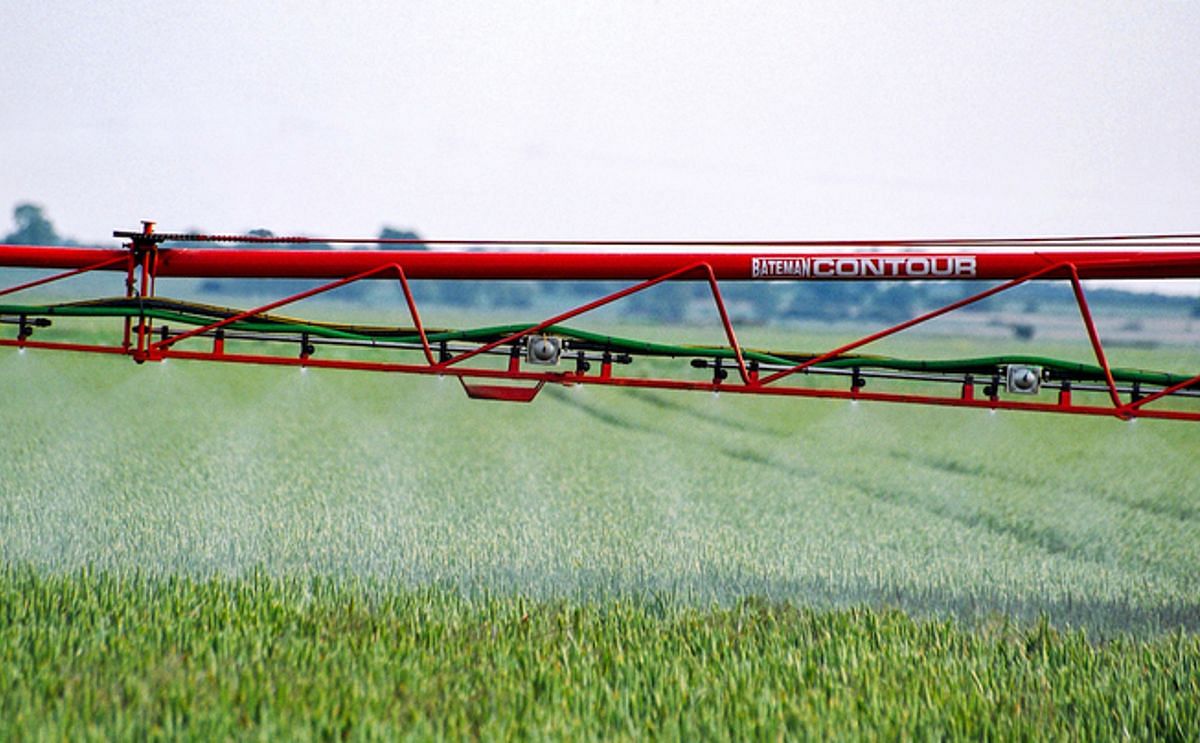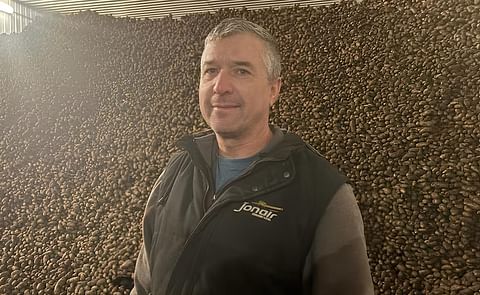Don’t forget the spray tank management basics.
Do not forget the spray tank management basics

Looking ahead to spring spraying, growers are being reminded not to be complacent when it comes to tank mixing and sprayer hygiene, ahead of making applications.
Adam Espir, FMC commercial technical manager, explains that tank-mixing pesticides help save time and compaction by cutting down the required passes over a crop. But rushing to do this can potentially cause more problems than it solves.
Adam Espir, FMC commercial technical manager:
Adam Espir:
Top tips for sprayer hygiene
On top of correct tank mixing protocols, Adam Espir highlights that appropriately cleaning out a sprayer after use will help to maintain efficacy and avoid cross-contamination. He outlines his top tips to remember for good sprayer hygiene:
Adam Espir, FMC commercial technical manager, explains that tank-mixing pesticides help save time and compaction by cutting down the required passes over a crop. But rushing to do this can potentially cause more problems than it solves.
Adam Espir, FMC commercial technical manager:
"When looking to tank mix, it’s essential that you don’t forget the basics. As with any pesticide, be sure to follow the product label, paying close attention to the compatibility guidance and mixing order."To prevent blockages and other problems in the sprayer, Adam Espir stresses the importance of not rushing to put all products into the induction hopper at once.
Adam Espir:
"Don’t forget to fill the sprayer with half the required water volume and start agitation. You’ll then need to ensure each pesticide added is fully dispersed before introducing another product. Be patient, you don’t want concentrates to come into contact with each other."Adam Espir reminds farmers that using higher water volumes can also help prevent issues, especially for complex mixes. He recommends using a minimum of 200 liters/ha of water if possible.
"Once you’re confident that each product has been fully dispersed, fill the tank to the required volume and maintain constant agitation. This process is particularly important if using granular products and EC liquids, which can be prone to blocking filters if not fully dispersed"
Top tips for sprayer hygiene
On top of correct tank mixing protocols, Adam Espir highlights that appropriately cleaning out a sprayer after use will help to maintain efficacy and avoid cross-contamination. He outlines his top tips to remember for good sprayer hygiene:
- Always wash out the sprayer thoroughly, especially between different crop types, such as moving from cereals to broadleaf crops
- Dry residues are harder to remove from a sprayer, so washout on the same day as spraying
- If you have an in-tank rising system, make use of it, but remember it is not a substitute for a thorough cleanout
- Use a specific spray tank cleaner, such as All Clear® Extra, for a thorough clean Always use high-quality pesticides, specifically formulated for easy mixing and washout
¿Te gustaría recibir noticias como esta por correo electrónico? ¡Únete y suscríbete!
NEW! Join Our BlueSky ¡Canal para actualizaciones periódicas!
Empresa Destacada
Contenido Patrocinado
Contenido Patrocinado
Contenido Patrocinado
Contenido Patrocinado
Contenido Patrocinado







